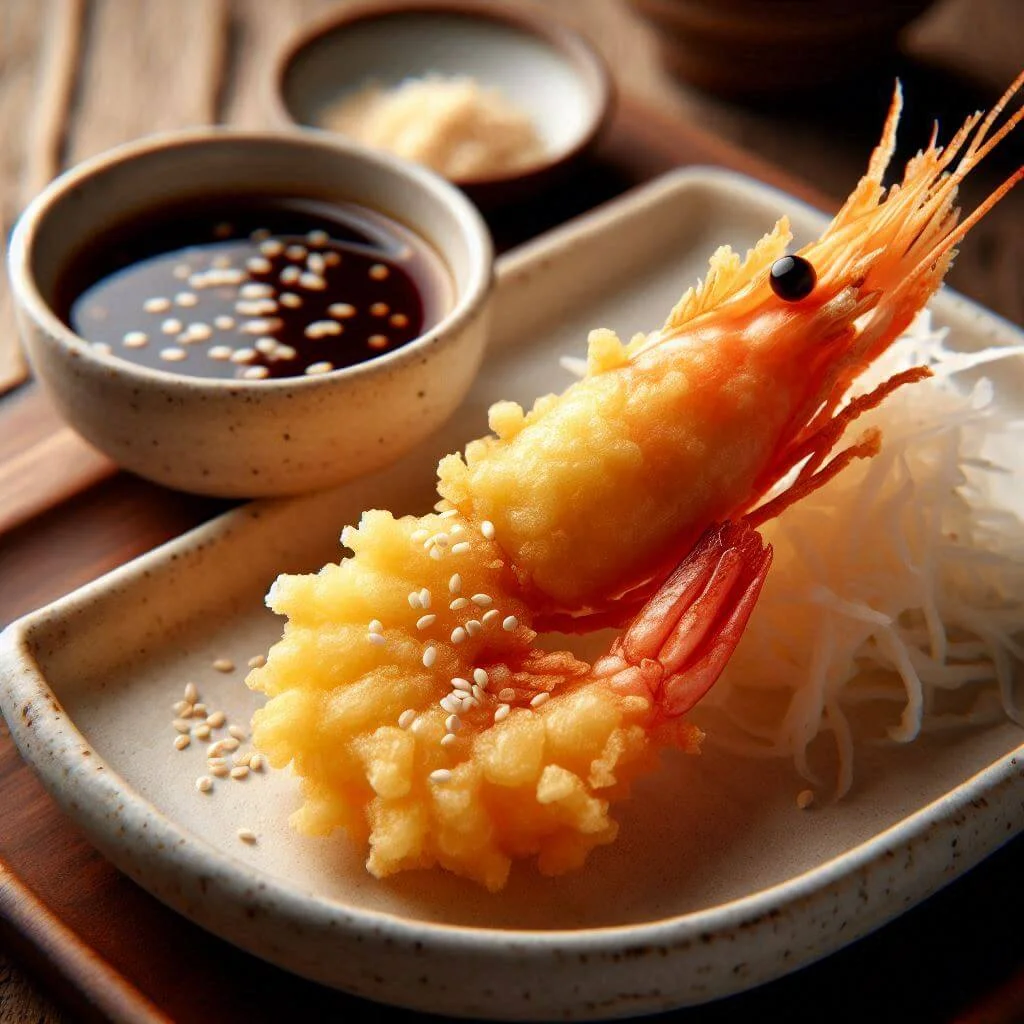Food transcends mere sustenance. It’s a language, a love letter passed down through generations, and a window into a culture’s soul. Traditional dishes, lovingly prepared and enjoyed, aren’t just meals; they’re stories whispered from hearth to heart.
A recent Pew Research Center survey found that 70% of Americans believe sharing a meal is a powerful way to connect. This sentiment rings true across the globe. Traditional dishes, passed down through families and communities, hold the power to connect us not just to loved ones, but to the rich tapestry of human history and cultural heritage.
The Allure of the Familiar
What exactly defines a “traditional dish”? These culinary gems are often passed down through generations, reflecting the local ingredients and cooking techniques available. They embody the wisdom and resourcefulness of ancestors who learned to make the most of what their land provided.
The allure of these dishes extends far beyond their borders. Food tourism is booming, with a 2023 World Food Travel Association report estimating the global market to reach a staggering $1.8 trillion by 2025. Travelers yearn for authentic experiences, and traditional dishes are a cornerstone of this desire. Immersing oneself in the flavors and aromas of a regional cuisine is a journey of discovery, a chance to connect with a place and its people on a deeper level.
Food as a Narrative Tool
Traditional dishes are more than just delicious; they’re living history lessons on a plate. Take Jambalaya, a vibrant Louisiana dish featuring rice, meat (often seafood), and vegetables. This culinary creation reflects the state’s rich tapestry of cultures. French influences are evident in the use of rice and roux, while Spanish and African influences shine through in the incorporation of ingredients like tomatoes, okra, and spices. Every spoonful whispers tales of cultural exchange and adaptation.
Food also plays a powerful role in preserving family traditions. Imagine gathering around a table, and sharing a dish your grandmother used to make. The flavors transport you back to childhood memories, forging a connection across generations. These culinary traditions are more than just recipes; they’re threads that bind families together, ensuring that cherished cultural heritage is passed down.
Aromatic Journeys: Exploring the World Through Food
Let’s embark on a brief culinary adventure, exploring how traditional dishes can serve as passports to different cultures:

- Japanese Tempura: This seemingly simple dish of lightly battered and fried seafood and vegetables holds historical significance. Tempura’s origins can be traced back to the 16th century, when Portuguese missionaries introduced frying techniques to Japan. Over time, the Japanese adapted this technique, creating the unique tempura batter we know today.
- Mexican Tamales: These parcels of masa dough, filled with savory or sweet ingredients, are a culinary cornerstone of Mexican culture. Traditionally made for celebrations and community gatherings, tamales represent the importance of family, community, and shared experience.
- Italian Nonna’s Sunday Sauce: This rich tomato-based sauce simmered with meat and vegetables transcends mere sustenance. It’s a symbol of family, tradition, and togetherness. Each spoonful whispers tales of generations gathering around the table, sharing laughter and love over a plate of comfort food.
- Japanese Osechi Ryori: This elaborate array of small, symbolic dishes is a feast for the eyes and the soul. Each meticulously prepared element carries a special meaning. Black beans represent longevity, while shrimp signify happiness. Osechi Ryori is a testament to the Japanese reverence for tradition and the hope for a prosperous New Year.
- Ethiopian Injera: This spongy, slightly sour flatbread is a staple in Ethiopian cuisine. Made from teff, an ancient grain high in protein and calcium, injera is more than just a food; it’s a symbol of Ethiopian culture and agricultural heritage. Injera is traditionally used to scoop stews and vegetables, creating a delightful textural and flavor experience.
Beyond Borders, Broadening Perspectives
Exploring the world of traditional dishes is not just a culinary adventure; it’s a journey of cultural understanding. Every bite holds the potential to broaden our perspectives and foster empathy. When we savor the flavors of another culture, we connect with the people who created them, forging a bond that transcends language and geography.
Ready to Explore? A World of Flavors Awaits
Feeling inspired to embark on your own culinary adventure? Here are some tips to get you started:
- Explore your local cuisine: Many regions within your own country boast unique traditional dishes. Dive into local restaurants, farmer’s markets, or ethnic grocery stores to discover hidden gems and support local food traditions.
- Travel with taste buds in mind: When planning a trip, research the region’s traditional dishes. Consider taking cooking classes or food tours to fully immerse yourself in the local food culture.
- Embrace the unknown: Don’t be afraid to step outside your comfort zone. Trying new dishes is an adventure for the palate and a gateway to understanding different cultures.
- Become a storyteller yourself: Learn to make a traditional dish from another culture. The process of researching, preparing, and sharing the dish allows you to connect with its story and share it with others.
Conclusion
Traditional dishes are more than just meals; they’re cultural ambassadors, weaving tales of history, family, and human connection. From the vibrant spices of North Africa to the delicate flavors of East Asia, each dish whispers a unique story. As we explore the world of traditional cuisine, we not only embark on a delicious culinary adventure, but also forge connections that bridge cultures and warm our hearts. So, the next time you gather around a table, take a moment to appreciate the stories woven into the dishes before you.